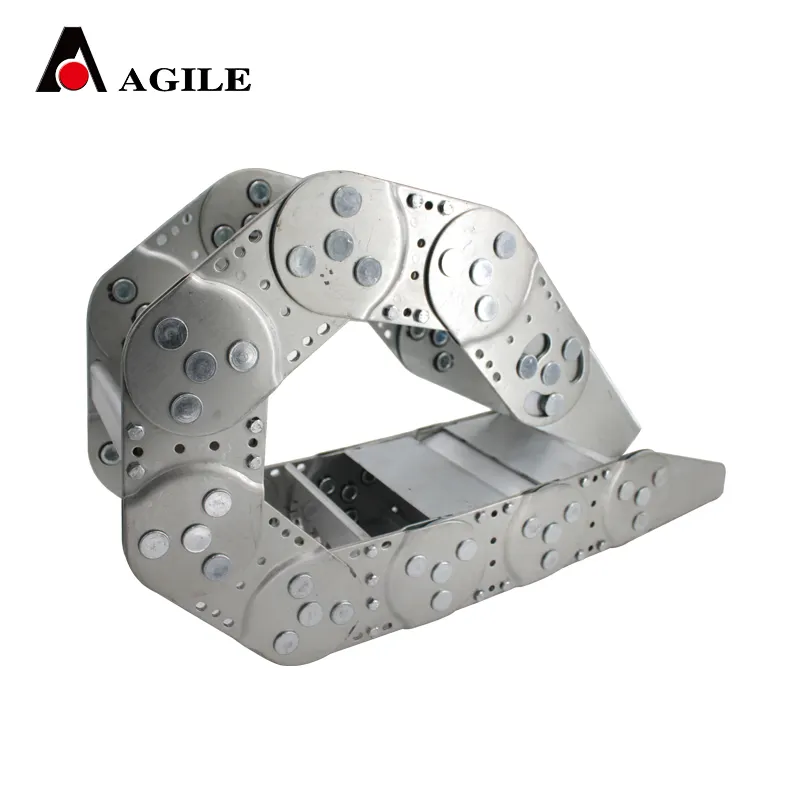Exploring Different Types of Synchronous Belts for Various Applications
Understanding Synchronous Belt Types A Comprehensive Guide
Synchronous belts, also known as timing belts, are crucial components in various mechanical systems, particularly in automotive engines and industrial machinery. They are designed to synchronize the rotation of shafts, ensuring that components moved by the belt operate in harmony. This article delves into the different types of synchronous belts, their applications, and the key features that set them apart.
Types of Synchronous Belts
1. Rubber Synchronous Belts Rubber belts are the most commonly used type of synchronous belts. They are made from a durable rubber compound, often reinforced with fiberglass or steel cords for added strength and flexibility. These belts are widely used in automotive applications, such as camshaft timing, and in industrial machinery where precise timing is crucial. Their flexibility allows them to handle a range of pulley sizes and configurations.
2. Polyurethane Synchronous Belts Polyurethane belts offer excellent wear resistance and are often used in applications where high load capacity and durability are needed. They can withstand harsh environmental conditions, making them ideal for outdoor use or in industries that deal with abrasive materials. Polyurethane belts are also resistant to oil and chemicals, providing a longer lifespan compared to rubber belts in demanding situations.
3. Timing Belt with Teeth The toothed synchronous belt features protruding teeth on the inner surface. These teeth fit into corresponding grooves on the pulleys, ensuring a positive drive and eliminating slippage. This design enhances torque transmission and accuracy in timing applications. Toothed belts are often used in engines, conveyor systems, and robotics, where precise synchronization is essential.
4. Wide Synchronous Belts Wide synchronous belts are designed for applications that require the transfer of higher power levels over a broader surface area. These belts can transmit greater torque than standard synchronous belts, making them suitable for heavy-duty industrial applications. They are often used in conveyance systems, packaging machines, and other equipment that demands robust performance.
Applications of Synchronous Belts
Synchronous belts are employed in various industries, each leveraging the unique advantages of different types of belts
- Automotive In vehicles, timing belts are critical for ensuring that the engine's valves open and close at the right times in relation to the pistons. This synchronization is vital for engine efficiency and performance.
synchronous belt types

- Industrial Automation Synchronous belts are integral to conveyor systems, packaging equipment, and CNC machines
. Their ability to maintain accurate timing and positioning results in higher efficiency and reduced downtime in production processes.- Robotics Many robotic systems utilize synchronous belts for their precision and reliability. This is particularly true in applications involving motion control, where accurate synchronization is paramount.
Key Features to Consider
When selecting a synchronous belt for a specific application, consider the following factors
- Material The material of the belt affects its durability, flexibility, and resistance to environmental factors. Evaluate whether rubber, polyurethane, or a composite material best suits your needs.
- Belt Width and Length The size of the belt must correspond to the design of the machinery and the operational requirements. Ensure that the belt can handle the necessary load and torque levels.
- Tooth Design The tooth pitch, shape, and profile can significantly impact performance. For applications requiring high precision, select belts with suitable tooth designs that ensure a tight grip on the pulleys.
- Operating Conditions Consider the environmental factors, such as temperature, humidity, and exposure to chemicals. Selecting a belt that withstands these conditions is crucial for maximizing longevity and performance.
Conclusion
Synchronous belts play a vital role in ensuring the effective operation of various mechanical systems. By understanding the different types of belts and their applications, as well as considering critical features during selection, engineers and technicians can enhance system performance and reliability. Whether it's for automotive use, industrial machinery, or cutting-edge robotics, the right synchronous belt can make all the difference in achieving operational excellence.








